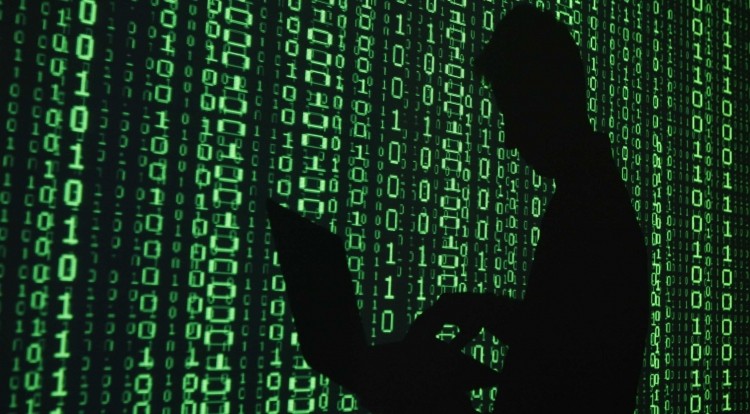Andrew James Miller, a 24-year old hacker from Pennsylvania, gained access to the Energy Department's series of supercomputers and attempted to sell the pilfered login credentials to an undercover FBI agent. Today, Miller pleaded guilty to charges of conspiracy and computer fraud, and could receive up to 18 months in prison if he enters into a plea deal.
According to Wired, although this hacking feat was perhaps Miller's largest heist, it certainly wasn't his only one. He bragged to the undercover officer that he had also broken into the corporate servers of several major firms including Google, Adobe, WordPress, Yahoo, and American Express. His method of choice was deploying keyloggers on employee computers to lift their credentials.
To gain entrance to the supercomputer network, Miller first hacked into a Japanese university that had ties to the computers. To connect himself with a potential buyer, he went through Robert "Intel" Burns, a fellow member of the hacking group Underground Intelligence Agency. Burns voluntarily assisted authorities by putting Miller in touch with the FBI agent that all of the illegal transactions would later go through.
Miller started off relatively small, completing $1000 deals with the undercover officer for the corporate logins to Domino's Pizza and global telecommunications provider RNKTel, among others. In building a case against Miller, one prosecutor explained, "With that administrator-level access, a bad actor could not only have accessed RNKTel's confidential business records but could also have altered customer accounts to obtain, for free, the telecommunication services that RNKTel sells to its customers."
Ratcheting up the risk as well as his potential gains, Miller requested $50,000 for "root" access to the supercomputers housed by the National Energy Research Scientific Computing Center in California. Due to their use in Energy Department-approved projects, these computers are among the most powerful in the world.
Needless to say, Miller was never paid the $50,000 he had asked for, and the feds subsequently used the undercover operation to build a very compelling case against him.
